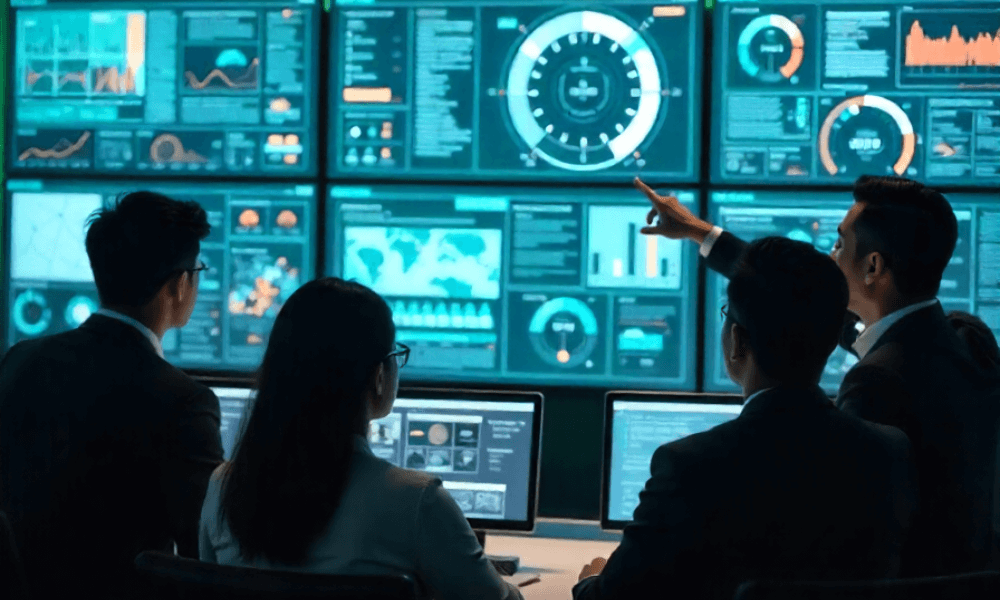
From Lower Costs and a Greener Footprint: A New Approach to Cooling Your Operations (Part 3)
Part 3 of 3: Taking the Next Step - Is District Cooling Right for You?
In our previous posts, we defined district cooling and explored its powerful benefits for efficiency, cost, and sustainability. Now, let’s get practical. Is this a solution that fits your business, and what’s the path forward?
Is District Cooling Right for Your Business?
While the benefits are compelling, is district cooling the right fit for your specific needs? Here’s how to assess if this solution aligns with your strategic goals.
Ideal Candidates for District Cooling
- Campus Environments: Universities, corporate headquarters, and medical campuses with multiple buildings are perfect candidates. The concentration of cooling needs makes a centralized system highly cost-effective.
- Urban Developments: New commercial or mixed-use developments are designed with district cooling infrastructure from the start, making it an integral part of the city's smart energy grid.
- Facilities with High Cooling Loads: Data centers, laboratories, and manufacturing plants that require continuous, high-volume cooling can see immense benefits in both efficiency and reliability.
- Businesses Seeking to Lead in Sustainability: Companies committed to their ESG targets will find that district cooling provides a verifiable and significant reduction in their environmental impact, which can be a key differentiator in the market.
The Financial and Operational Considerations
While the long-term benefits are clear, it's important to consider the initial investment and the shift in operational models.
- Capital Expenditure vs. Operational Expense: While a new district cooling network requires a significant upfront investment, it eliminates the need for individual building chiller replacements and reduces ongoing maintenance costs. Many providers offer build-own-operate models where you simply pay for the cooling you use, turning a large capital expenditure into a predictable operational expense.
- Infrastructure and Location: The feasibility of a district cooling system depends on your proximity to an existing network or the potential to build a new one. This is a crucial factor to discuss with a potential provider.
- Partnership is Key: Choosing the right district cooling provider is paramount. You want a partner with a proven track record, deep expertise in energy management, and a commitment to innovation. For a deeper dive into how different systems can be customized for your specific needs, explore our services for custom energy solutions here.
Final Call: Make a Sustainable Investment in Your Business
The choice is clear: clinging to outdated, inefficient cooling methods is a drain on your resources and a liability for your brand. District cooling offers a future-forward solution that aligns your business goals with environmental responsibility. It’s a strategic investment that delivers tangible returns through lower energy costs, enhanced reliability, and a demonstrably smaller carbon footprint.
The time to act is now. With the right partner, you can navigate the transition seamlessly and unlock the full potential of this powerful technology.
To learn more about how district cooling can transform your business operations and to receive a personalized assessment of your needs, contact us today for a consultation. Our experts are ready to help you take the next step toward a smarter, more sustainable future. If you're interested in understanding the specifics of how our systems integrate with various building types, you can also explore the sectors we serve.